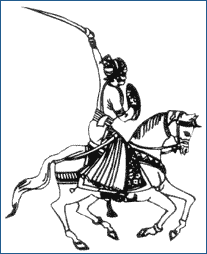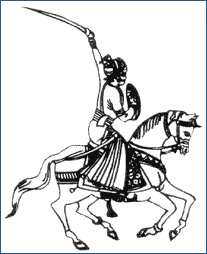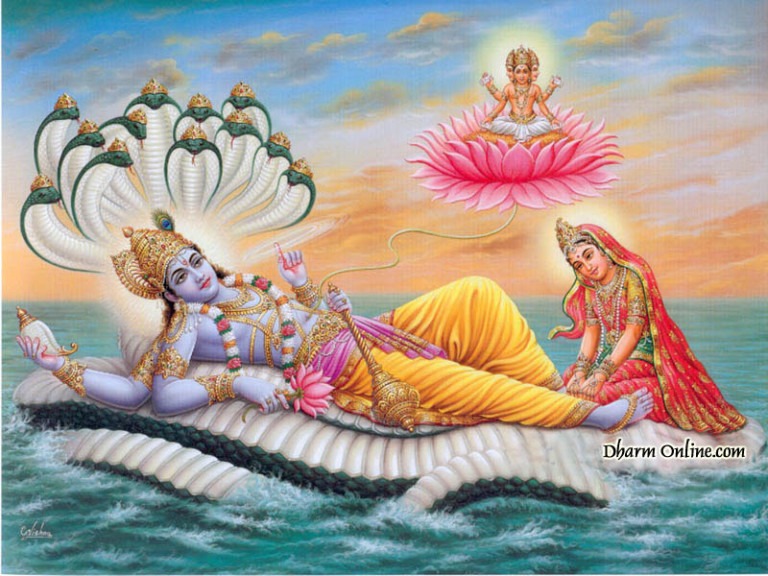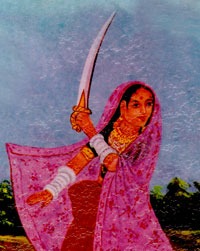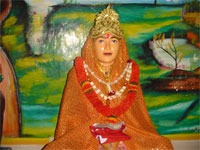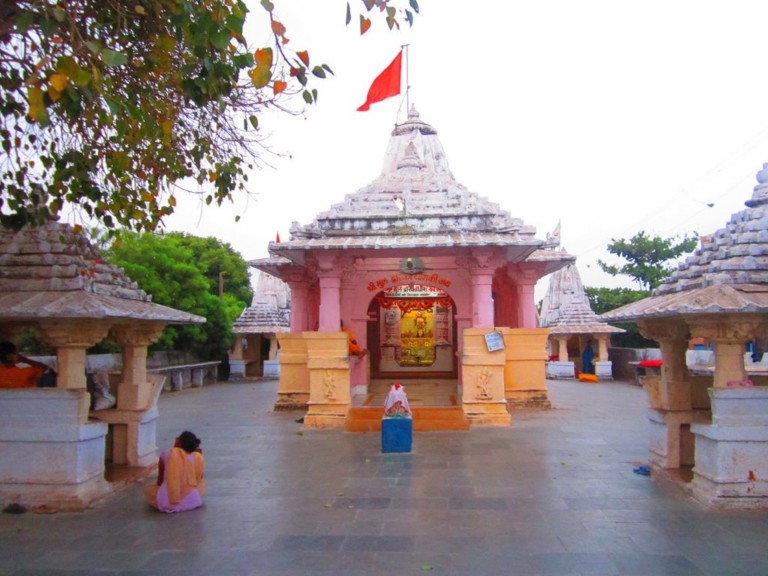Vansh : Chandravanshi
Jadam / Jharija (Bhatti, Jadeja /Jareja /Jadon / Banaphar, Sarvaia, Raijdas, Vaj, Pathania
The Jadeja Rajputs are dominant in Kutch, but in AD 800, a branch of the family, in consequence of internal feuds, crossed the Rann at the head of the Gulf of Kutch into Kathiawar and established themselves upon the ruins of the Jethwa rajputs. The land appear to have been divided in common among the whole tribe, the teelat or eldest branch of the family reserving to itself the largest portion, while the bhaiyaat (sub-divisions) held their respective villages by a purely feudal tenure.
Also Jadejas descended from Jaddu, founder of the lunar race with 4 or 7 branches. Colonel Tod says that the Yadu was the most illustrious of all tribes of India, and became the patronymic of both the descendents of Buddha (of the Indu race) and Krishna. It is not clear, even to legendary tradition, what connection the Yadus had with Buddha, but Krishna is held to have been a prince of this tribe and founded Dwarka in Gujarat with them, in which locality he is afterwards supposed to have been killed.
However there are some scholars who claim the Yadus to be of Central Asian origin and that the Mahabharata actually took place in Central Asia. It is said that the original Dwarka is not in Gujarat, but is the Darvaza in present Central Asia.
Colonel Tod states that the Yadu afer the death of Krishna, and their expulsion from Dwarka and Delhi, the last stronghold of their power, retired by Multan across the Indus, founded Ghazni in Afghanistan, and peopled these countries even to Samarkand. Again driven back on the Indus they obtained possession of the Punjab and founded Salbhanpur. Thence expelled they retired across the Sutlej and Gara into the Indian desserts, where they founded Tannote, Derawal and Jaisalmer, the last in AD 1157.
At a later date a Yadava kingdom existed in the Deccan, with its capital at Deogiri or Daulatabad and its territory lying between that place and Nasik. Mr. Smith states that these Yadon kings were descendants of feudatory nobles of the Chalukya kingdom, which embraced parts of western India and also Gujarat.
The Jadon dynasty only lasted from AD 1150 to 1318, when the last prince of the line, Harapala, stirred up a revolt against the Mohammedans to whom the King, his father-in-law, had submitted, and being defeated, was flayed alive and decapitated. It is noticeable that the Yadu-Bhatti rajputs of Jaisalmer claim descent from Salivahana, who founded the Saka era in AD 78, and it is believed that this era belonged to the Saka dynasty of Gujarat, where, according to the tradition the Yadus also setled. The point would identify the Sakas with the Yadus. The Bhati branch of the yadus cliam descent from Bhati, grandson of Salivahana.
They have no legend of coming from Gujarat, but they had the title of Rawal, which is used in Gujarat, and also by the Sesodia clan who came from here. The Bhattis are said to have arrived in Jaisalmer about the middle of the 8th century, Jaisalmer city being founded in 1183. The Jadeja clan of Sind and Kutch are another branch of Yadu. They now claim descent from Jamshid, a Persian hero and the title of their rulers is Jam. Jam Rawal established a Kingdom in Nawanagar as Mughal rule declined. The Jam Sahibs gained control of Halar and even threatened the Nawabs of Junagadh and the Rana Sahibs of Porbandar.
The Yadu name has been corrupted to Jadon in UP and Jadum in MP, where they now form different castes. Another branch is the Raj-jadu or Rajadu. In some parts of India, the Yadavas have lost their rajput status, because of their alliance with cow-herding castes.
Krishna being a gopi led to the popular belief that all cowherds like Ahir, Gujar, etc were Yadavas. However, it is not so. Ahirs (cow-herding castes) though started using “Yadav” with their name are not Yadus (or Yadava). Also Krishna-dasis (followers of Krishna) were claiming to be Yadavas. This has in recent times been exploited by some Yadav-connected politicians, to increase their number of followers/votes.
Article supplied by Kishan V Sisodia


